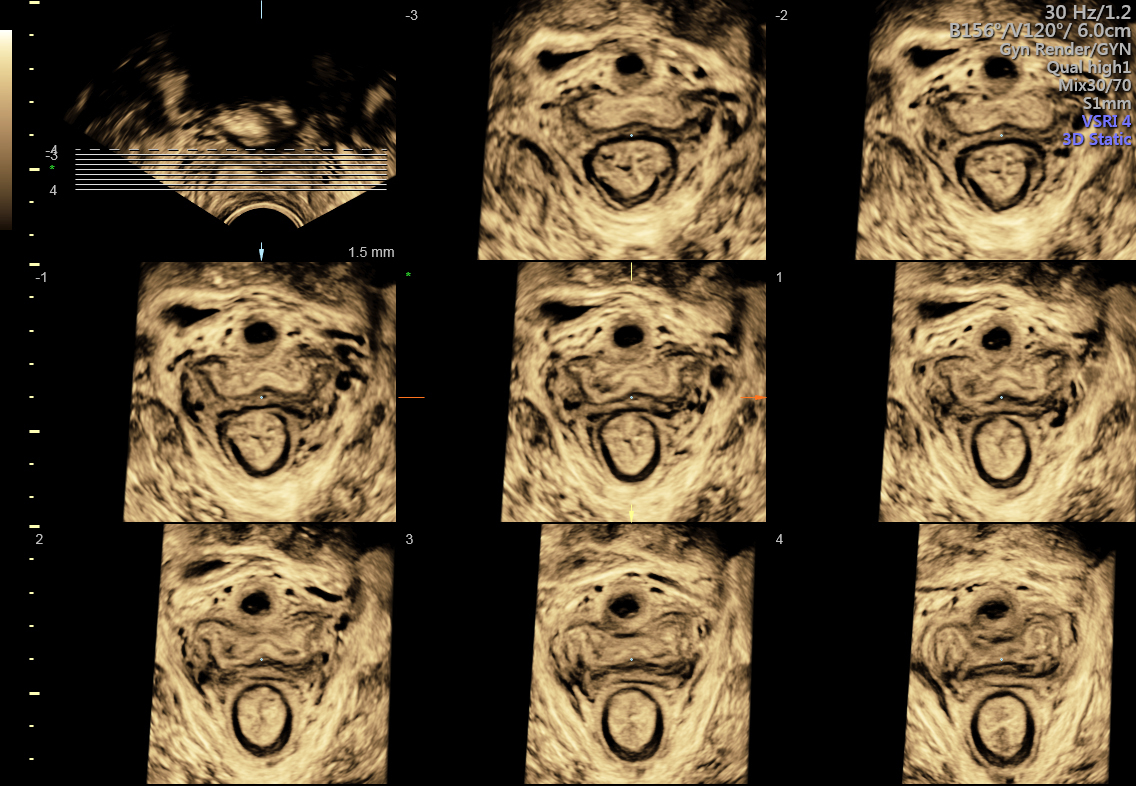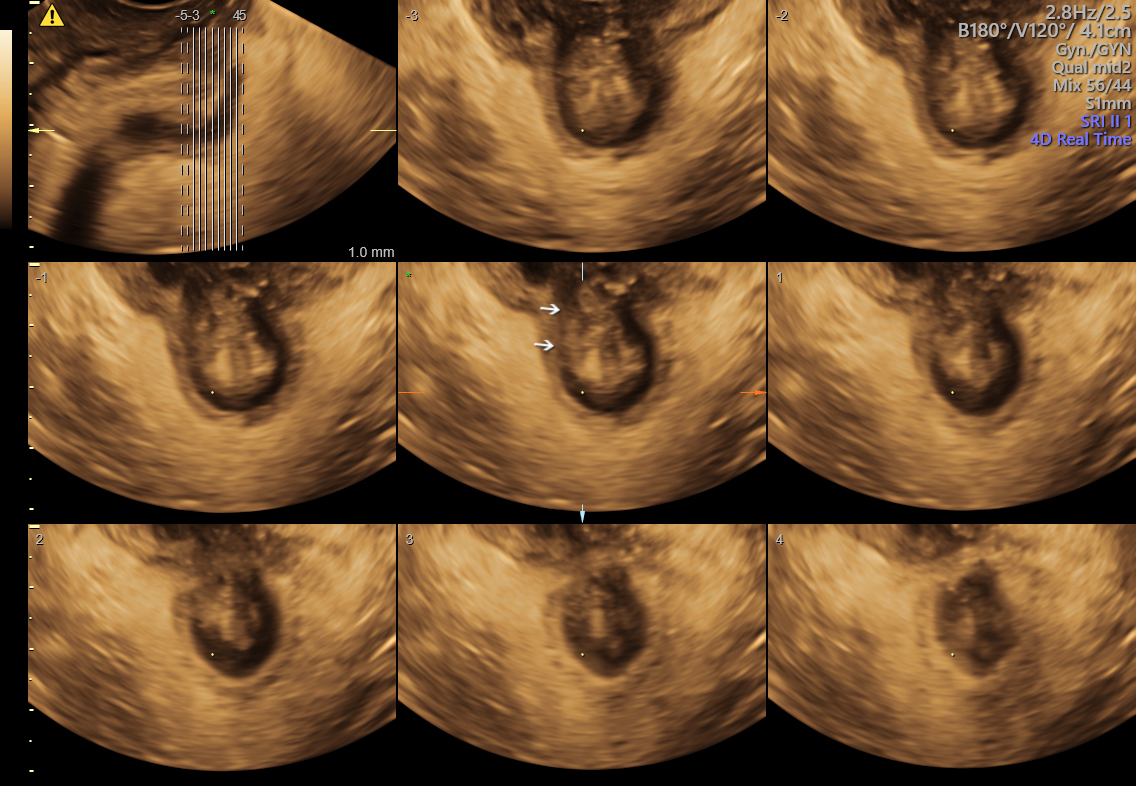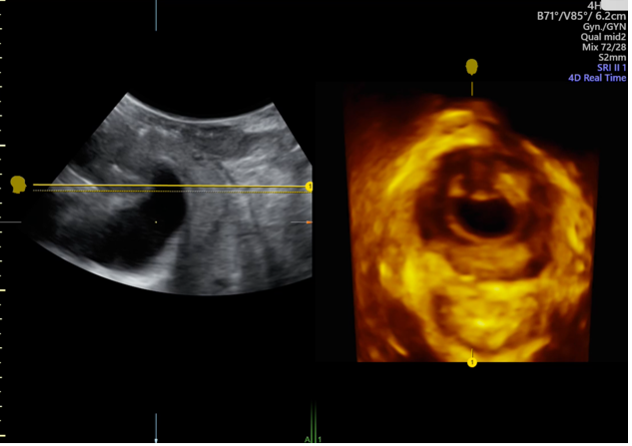As a private-practice gynecologist or sonographer, where do you find pelvic floor resources to bolster professional development? Online learning is a flexible option, and not just for when your travel is limited. Time spent away from the office can definitely be costly, but continual skill development is a necessity for any clinician who wants to offer patients the best care available.
Obstetrics and Gynecology Clinics of North America reports that as many as 1 in 4 women will experience a pelvic floor disorder in their lifetime. And, because specialized diagnostic care offered through ultrasound is a lower-cost and less invasive option, many patients prefer ultrasound to MRI.
The ultrasound images recorded in your office today will be the basis for your reimbursement, but they will also become part of patients' medical records and help direct their care for years to come. Online courses provide new skills, introduce clinicians to updated technology and provide tips for producing the best images possible. Continuing education can open the door to new diagnostic capabilities as better techniques and technologies emerge, enabling clinicians to use their existing ultrasound equipment to its full potential.

3D of normal pelvic floor in TUI display (Tomographic Ultrasound Imaging)

3D of normal pelvic floor in TUI display (Tomographic Ultrasound Imaging)-2

4D volume of pelvic floor during Valsalva maneuver demonstrating bladder prolapse
The US Food and Drug Administration (FDA) urges ultrasound practices to "consider site and staff participation in voluntary accreditation and certification programs that address both safety and effectiveness of the device." The organization points specifically to professional organizations as a source of training. Pelvic floor resources may be somewhat limited online, so ensure that your sources of information are reliable and relevant to practice within your local area.
Online Learning Courses and Pelvic Floor Resources
Two of GE Healthcare's trusted partners in education are the American Institute of Ultrasound in Medicine (AIUM) and the International Urogynecological Association (IUGA).
AIUM offers resources on a variety of topics, including requirements for image documentation within permanent medical records as well as training guidelines and practice parameters. AIUM hosts both live and on-demand webinars for continuing education. In its Online Learning Center, AIUM lists at least three CME credit courses specific to pelvic floor ultrasound. These courses provide instruction on the indications for pelvic floor ultrasound, and the use of different approaches, such as introital or perineal. Courses also offer guidance on the financial implications of using pelvic floor ultrasound in a practice.
IUGA offers a six-module Pelvic Floor Imaging Online Course. Using Voluson and similar ultrasound systems to demonstrate anatomy, technique and required views, this is the first online course that incorporates 4D pelvic floor ultrasound evaluation as part of the curriculum. While a clinician does not need to have a Voluson machine to participate in this course, the final module uses Voluson software that is not available on other machines. The overall course is a little different from typical online courses — it also incorporates a mentorship model in which the instructor certifies that each module was completed successfully. This course is not IUGA's only online offering, however. Their website contains a series of podcasts that feature interviews and discussions, where experts explore special interests and topical urogynecological issues, including pelvic floor ultrasound. These may be interesting ways to connect with other private practice gynecologists and gain insight into their concerns and needs.
A successful clinician and gynecology practice works every day to not only approach each case with fresh eyes but also to provide sound knowledge that enables patients to receive the care they need, when they need it. Using trusted online pelvic floor resources is a convenient way to enhance the care you provide for your patients.



